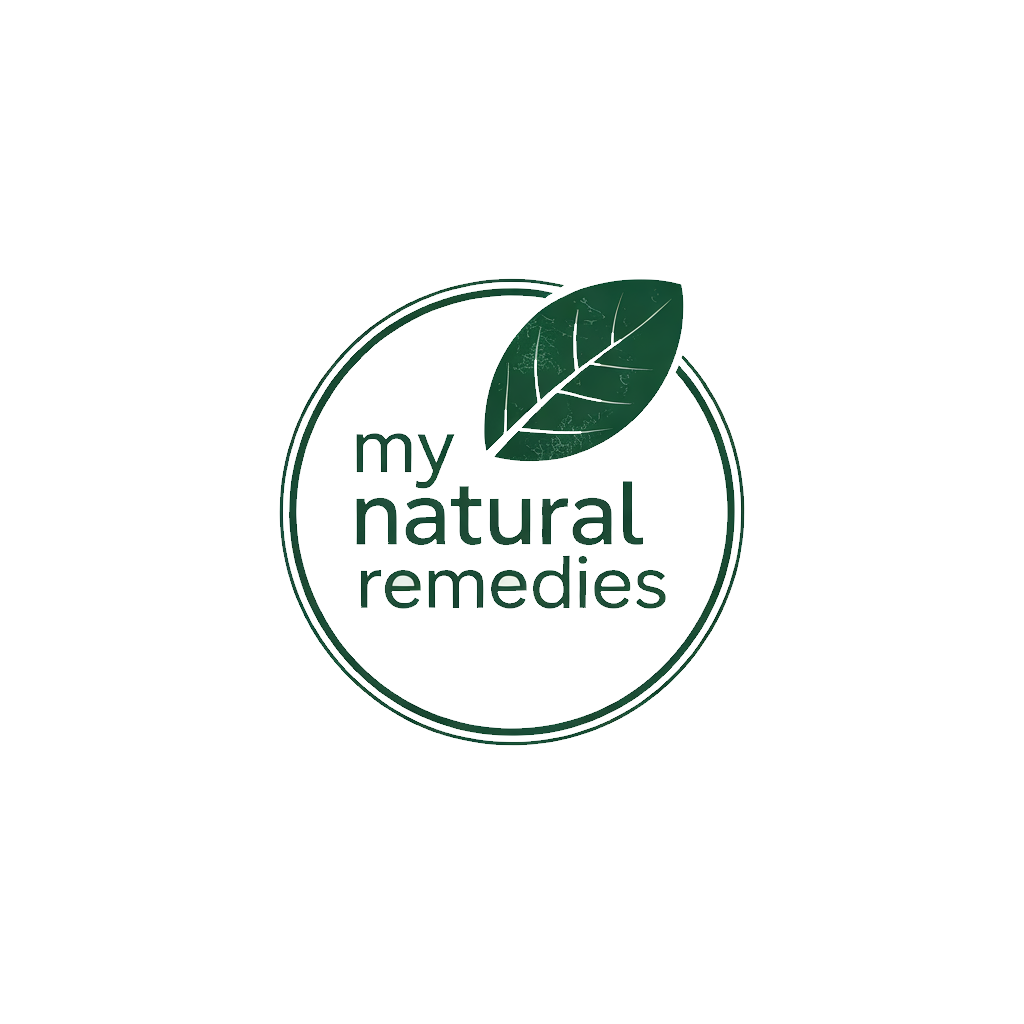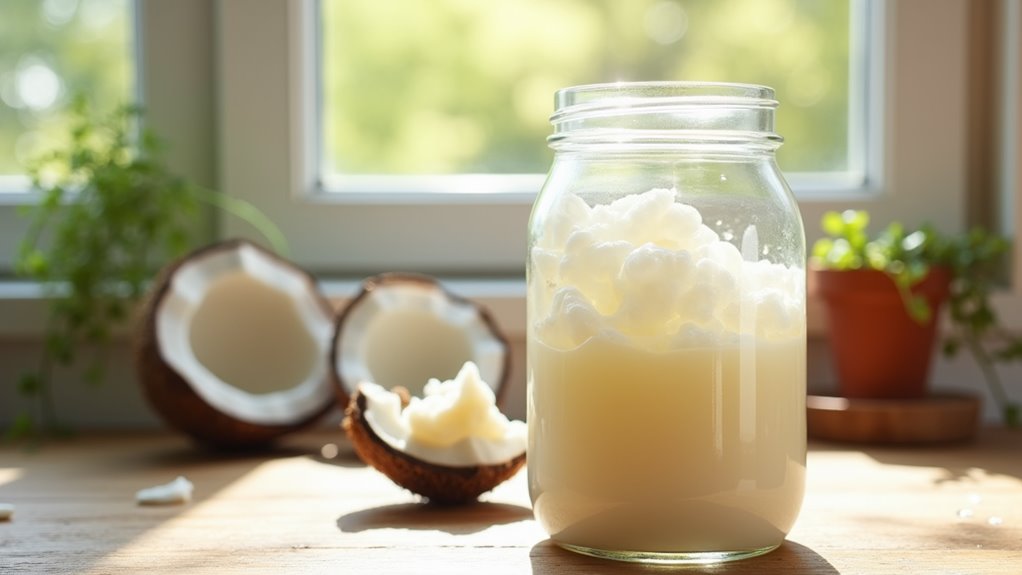Listerine Foot Soak- The Secret to Baby-Soft Feet Revealed!
You can achieve baby-soft feet with a simple Listerine foot soak that combines mouthwash, vinegar, and warm water. The unique blend of essential oils and antiseptic properties penetrates deep into your skin, breaking down rough patches and eliminating bacteria that cause odor. Just soak your feet for 15-20 minutes, then gently remove dead skin with a foot file. For maximum softness and healing, there’s much more to this transformative treatment than meets the eye.
What Makes Listerine Foot Soaks So Effective
While many people are surprised to learn that mouthwash can soften feet, Listerine’s potent combination of active ingredients makes it highly effective for foot care.
When you soak your feet in diluted Listerine, the antiseptic properties work to eliminate bacteria and fungi that cause rough, calloused skin.
The secret lies in Listerine’s powerful blend of thymol, eucalyptol, methyl salicylate, and menthol. These ingredients penetrate deep into your skin, breaking down dead cells while killing microorganisms that contribute to foot odor and infections.
You’ll notice the tingling sensation during your foot soak – that’s the active ingredients working their magic.
The benzoic acid in Listerine also acts as a natural exfoliant, helping remove stubborn dead skin that regular moisturizers can’t tackle. Additionally, regular use of Listerine foot soaks can significantly improve overall foot health and comfort.
The Science Behind Listerine’s Foot-Softening Properties
The molecular structure of Listerine’s active ingredients explains its remarkable effectiveness as a foot-softening treatment. The mouthwash’s essential oils, including thymol, eucalyptol, and menthol, penetrate deeply into your skin’s layers, breaking down dead skin cells and hardened calluses.
These compounds work together to dissolve the proteins that bind dead skin cells, making them easier to remove. You’ll find that Listerine’s high alcohol content acts as a powerful exfoliant, helping to strip away tough outer layers while its antiseptic properties keep your feet clean and fresh.
The benzoic acid in the formula helps maintain your skin’s natural pH balance, promoting healthy cell turnover. When combined with warm water, these ingredients create an optimal environment for softening thick, rough skin. Additionally, the antiseptic properties of Listerine combat fungal infections, further enhancing the health of your feet.
Like thousands of others who’ve discovered this beauty secret, you’ll notice that regular Listerine soaks help maintain consistently soft, smooth feet without harsh scrubbing or expensive treatments.
Step-by-Step Guide to the Perfect Listerine Foot Soak
Creating your perfect Listerine foot soak requires five simple steps and common household items. You’ll need warm water, original Listerine mouthwash, white vinegar, and a basin large enough for both feet.
Start by filling your basin with 1 cup of Listerine, 1 cup of white vinegar, and 2 cups of warm water. Make sure the water temperature is comfortable – not too hot or cold.
Soak your feet for 15-20 minutes while catching up on your favorite show or scrolling through social media. Once time’s up, dry your feet thoroughly with a clean towel and gently use a foot file to remove any loose, dead skin. This soak not only reduces foot odor but also promotes relaxation and self-care as you unwind.
Finally, moisturize your feet with your favorite lotion to lock in softness. For best results, do this soak twice a week, and you’ll join countless others who’ve discovered this tried-and-true remedy for achieving wonderfully soft feet.
Essential Tips and Safety Precautions
Before diving into your Listerine foot soak routine, understanding proper safety measures can prevent potential issues and maximize benefits. Always test the solution on a small patch of skin first to check for allergic reactions.
Don’t soak your feet for longer than 30 minutes, as extended exposure may cause skin irritation. Keep the water temperature comfortable but not too hot, and never use Listerine foot soaks if you have open wounds, cuts, or infections.
If you’re diabetic or have circulation problems, consult your healthcare provider before trying this treatment. Store your foot soak supplies safely away from children, and don’t reuse the solution – make a fresh mixture each time.
After your soak, dry your feet thoroughly, especially between the toes, to prevent fungal growth. Watch for any unusual reactions like redness, itching, or burning, and discontinue use if irritation occurs. Additionally, regular foot stretches can improve circulation and flexibility, enhancing your overall foot health.
Adding Extra Ingredients for Enhanced Results
While a basic Listerine foot soak works well on its own, combining it with additional ingredients can boost its effectiveness and provide extra benefits for your feet.
Try adding a cup of Epsom salt to help reduce inflammation and relieve sore muscles. White vinegar makes an excellent addition, as it helps combat fungal infections and eliminates stubborn foot odor.
For extra moisturizing power, add a few tablespoons of coconut oil or olive oil to your soak. These natural emollients will help soften calluses and prevent your feet from drying out.
If you’re looking for a spa-like experience, drop in a few drops of lavender or peppermint essential oil. These aromatherapeutic additions not only create a relaxing atmosphere but also provide antibacterial properties.
You can also mix in baking soda to neutralize odors and help exfoliate dead skin. This combination will leave your feet feeling refreshed and baby-soft. Using a Listerine foot soak can combat bacteria and fungi, enhancing the overall health of your feet.
Real People’s Success Stories and Results
Countless success stories from real users demonstrate the effectiveness of Listerine foot soaks. You’ll find testimonials across social media platforms from people who’ve transformed their dry, cracked heels into smooth, touchable feet.
Many users report seeing significant improvements within just two to three soaking sessions.
Sarah from Minnesota shares, “After years of trying expensive pedicures, I finally found something that works. My feet haven’t felt this soft since I was a teenager!”
Another user, Mark, reports that his chronic foot odor disappeared after just one week of regular Listerine soaks.
You’ll notice that most success stories highlight the same benefits: reduced calluses, eliminated foot odor, and baby-soft skin. Listerine foot soaks have also been noted for their ability to combat athlete’s foot, further enhancing their appeal.
Even skeptics have become believers after trying this affordable solution.
Join the growing community of satisfied users who’ve discovered this simple yet effective treatment for maintaining healthy, beautiful feet.
Frequently Asked Questions
Can I Use Expired Listerine for Foot Soaks?
You shouldn’t use expired Listerine for foot soaks, as it’s lost its effectiveness and might harbor harmful bacteria. For the best and safest results, stick with fresh, unexpired mouthwash.
Will Listerine Foot Soaks Stain My Bathtub or Pedicure Tools?
You won’t need to worry about staining since Listerine won’t permanently discolor your tub or tools. Just rinse thoroughly after use to prevent any temporary blue tints from lingering.
How Often Should Pregnant Women Use Listerine Foot Soaks?
You’ll want to check with your healthcare provider before trying foot soaks during pregnancy. While they’re generally safe, it’s best to limit them to once weekly, watching temperature and duration.
Does the Color of Listerine Used Affect the Foot Soak Results?
You’ll get similar results regardless of the Listerine color you choose. While amber, blue, or green varieties all work well, what matters most is the active ingredients they contain.
Can Children Safely Use Listerine Foot Soaks?
You shouldn’t use Listerine foot soaks for children under 12, as their sensitive skin can react negatively. If you’re looking to pamper your kid’s feet, try gentle, kid-safe alternatives instead.





